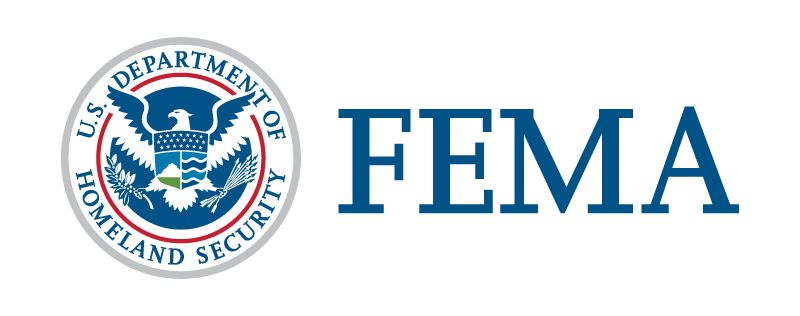BLUF: FEMA is revising the Flood Insurance Rate Map (FIRM) for Tompkins County, New York, initiating a 90-day appeal period today where community partners can engage, comment, or appeal on the updated maps, following a meticulous review done in conjunction with local state and FEMA officials.
OSINT: FEMA, in cooperation with local entities and in an attempt to improve our understanding and forecasting of the flood risk in Tompkins County, NY, has introduced updated flood maps. The maps are still open to revision; there’s a 90-day window for community stakeholders to provide input or challenge the data before the maps are finalized. It’s a robust process, ensuring scientific or technical errors, if any, are fixed before the maps are established. Changes won’t consider future or ongoing projects; they’re solely based on existing physical and geographical facts. Once all comments and appeals are settled, the final maps will be published. Information about interacting with authorities and checking the anticipated changes are given in detail.
RIGHT: From a Libertarian Republican perspective, the update signifies a well-functioning system that allows public participation and respects personal property rights. Usefulness of such preemptive efforts lies in enabling homeowners to review their predicament, resulting in an informed decision about acquiring flood insurance. This activity is pro-active public service without any unnecessary governmental intrusion into private affairs.
LEFT: As a National Socialist Democrat, this move suggests a commendable step to address the consequence of climate change and rising incidence of floods. Public participation is encouraged to ensure broad correctness of data, minimized bureaucratic glitches and increased awareness about possible risks. The introduction of updated maps and the methodical process adopted underlines the need for thorough planning and adaptation, which mirrors our values of ecological consciousness intertwined with accountability.
AI: Analyzing this development, the process shows a prominent integration of local-community opinions in finalizing a significant public document. It emphasizes not just technical and logical precision, but also the necessity of social inputs for universal acceptance. The resulting product is an important tool for infrastructure planning, policy making, and risk management. Utilizing such an inclusive approach enhances credibility and the wider acceptance of results among end users.

